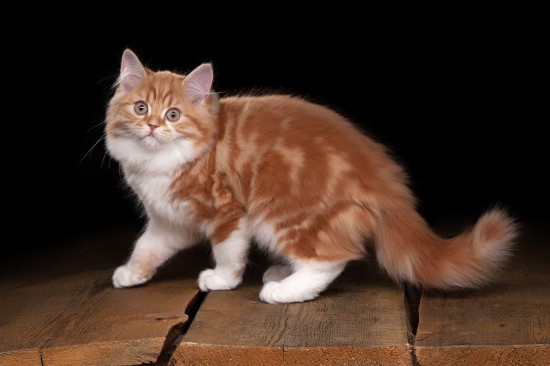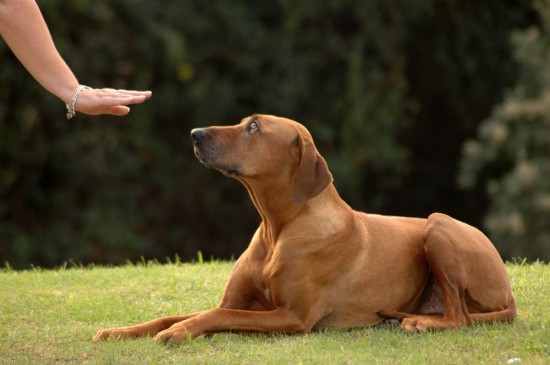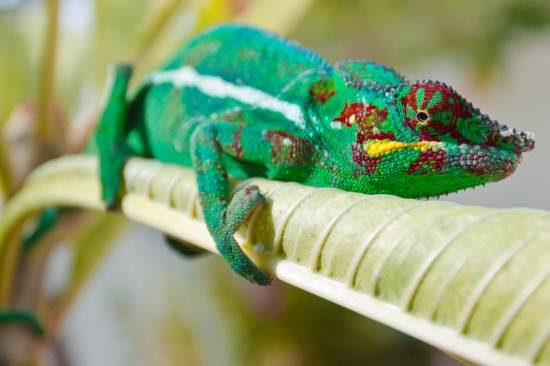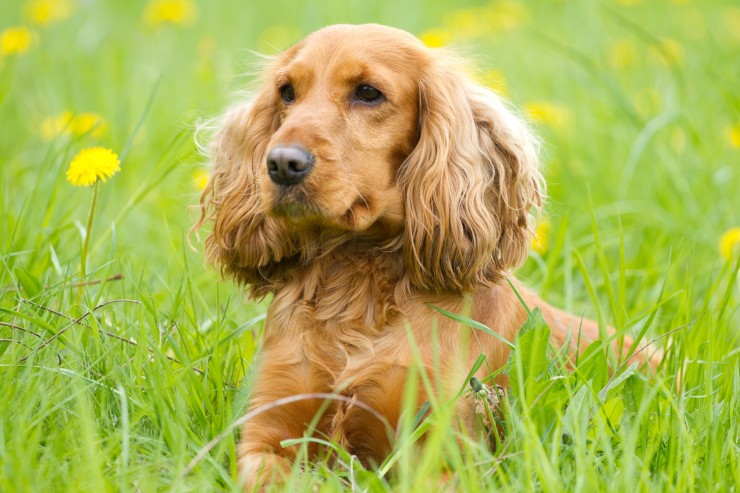Since the Tibetan Terrier 'Willy' (full name Fabulous Willy) won the trophy for Best in Show at Crufts Dog Show 2007, many people may now be considering choosing the Tibetan Terrier as a family pet. If you are, you will be pleased to hear that the temperament of this breed has been one of the most attractive aspects of the breed since it was first established in the 1920's. As would be expected from a dog previously used as a watch dog, they tend to be reserved around strangers, but should never be aggressive or shy with them.
One of the features for which the Tibetan Terrier is known is their broad, flat feet. We don't think that such feet can be found in any other dog breed. The eyes are large, and dark. The Tibetan Terrier is one of the most ancient of all dog breeds, as has been established by recent DNA analysis. The feet have developed for mobility in snow. It has been said that the Tibetan terrier, is more of a herding dog, than a terrier.
It makes an excellent guard dog and has a powerful, siren-like bark which is surprising in a dog this size. It is also a loyal and affectionate pet, though it has a mind of its own and needs firm training. Although its coat requires regular grooming, it does not need a great deal of exercise. This is a playful breed and will enjoy human company in the garden or on the occasional foray into the countryside.
The eyes are large, dark, and set fairly far apart. Long and thick, but should not be so long as to touch the floor, as is typical in breeds such as the Lhasa Apso, or the Maltese.
The appearance of the Tibetan Terrier is that of a powerful, medium sized dog of square proportions, with a shaggy coat. A fall of hair covers the face and eyes, but long eyelashes generally prevent hair from getting in the Tibetan Terrier's eyes, and the breed has very good eyesight. As such, the early history of the breed is linked to only a handful of foundation dogs.
No particular colours are preferred, as with terriers generally a wide range of colours are permissible, however, liver and chocolate are not allowed. Although waves are acceptable the coat should not be silky or curled.
Breed health problems have been seen and because of that, Tibetan Terrier clubs recommend purchasing from breeders who participate in eye and hip testing.
The Tibetan or Lhasa Terrier, being such an ancient breed, is probably the ancestor of the Lhasa Apso and Shih Tzu. The most plausible version of its history is that it was bred as a herder, working in tandem with the much larger Tibetan Mastiff which guarded the herds. Less hardy individuals were given to the Tibetan monks, who in turn may have given them to nomadic tribes to protect them on their travels; it is also possible that the nomads stole the dogs. Another account claims that the Tibetan Terrier originally came from Japan and was brought to Tibet by nomadic traders.
Like the other Tibetan dogs now popular in the West, the Tibetan Terrier has a long and luxurious coat. Typically it has a fringe falling forward over the eyes, a small beard and a jaunty kink to its tail.
It makes an excellent guard and has a powerful, siren-like bark surprising in a dog this size. It is also a loyal and affectionate pet, though it has a mind of its own and needs firm training. Although its coat requires regular grooming, it does not need a great deal of exercise. This is a playful breed and will enjoy human company in the garden or the occasional foray into the countryside.
More information at http://www.dog-breeds.me.uk/html/tibetan-terrier.php . A 'must-visit' web site for all Dog Lovers.

 Tail Injuries In Cats
Tail Injuries In
Tail Injuries In Cats
Tail Injuries In
 Boring Ordinary Dog Tags – Are There Better-looking Personalized Dog Tags Out There?
Boring Ordinary Dog Tags – Are There Better-looking Personalized Dog Tags Out There?
 The Five Most Important Training Commands To Teach Your Dog
The Five Most Imp
The Five Most Important Training Commands To Teach Your Dog
The Five Most Imp
 Information About Reptiles For Potential Pet Reptile Owners
Information About
Information About Reptiles For Potential Pet Reptile Owners
Information About
 Cocker Spaniels And Ear Problems
Cocker Spaniels A
Cocker Spaniels And Ear Problems
Cocker Spaniels A